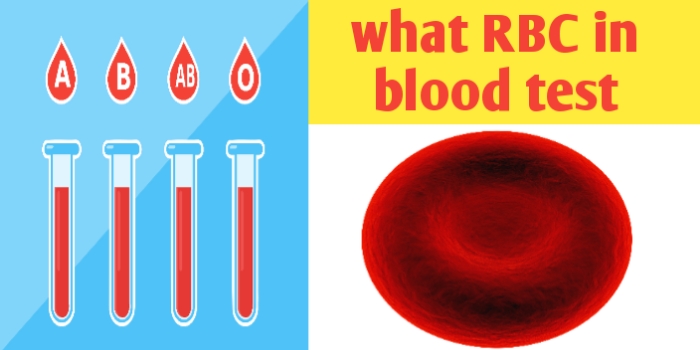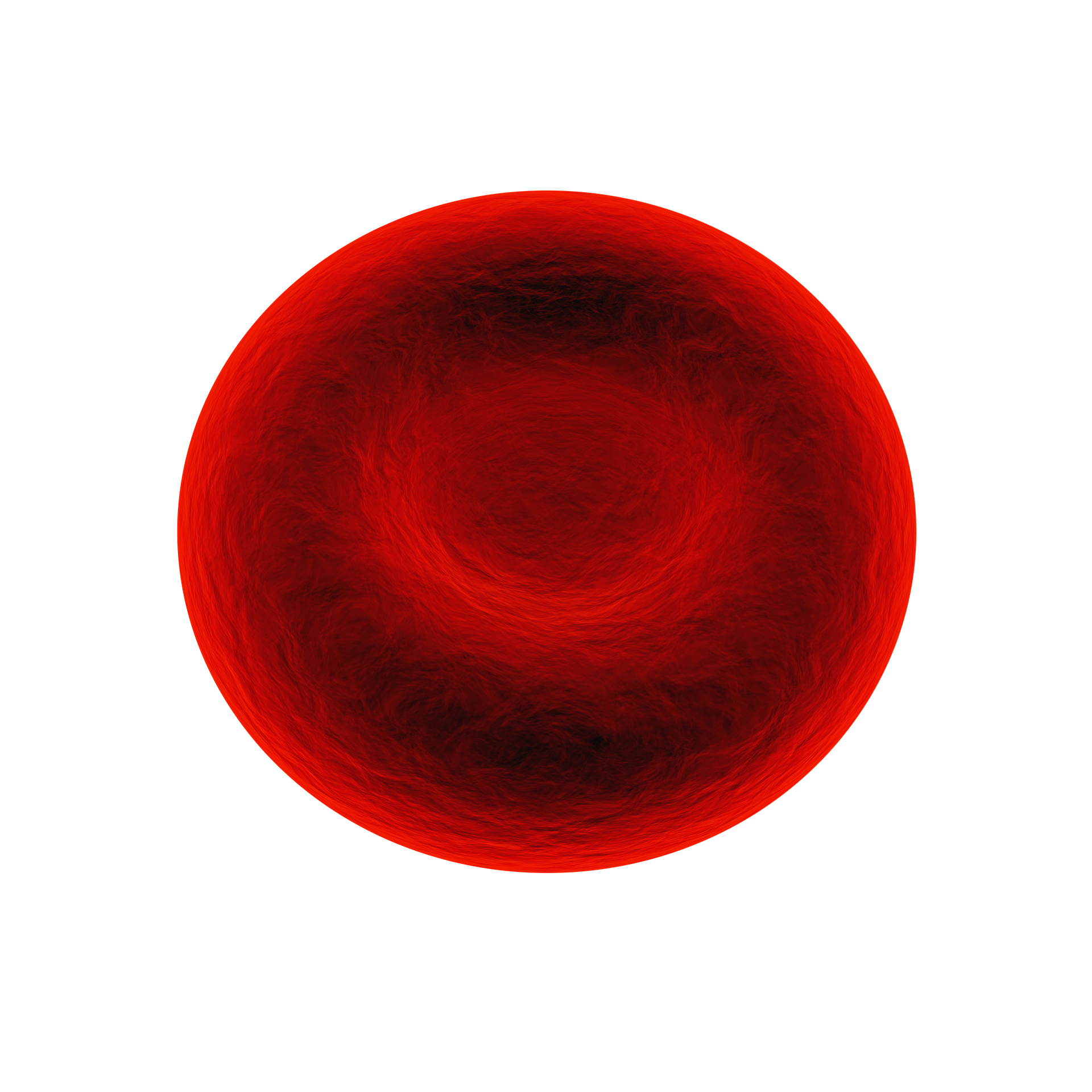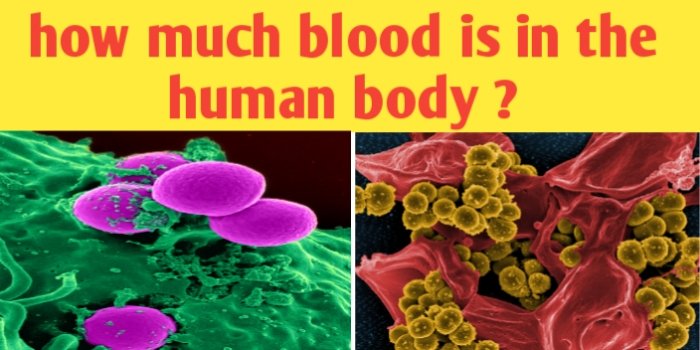What RBC in blood test and understanding CBC
Age you know that an average adult person has about 4 to 6 litre of blood and it form 6 to 10% of its body weight and compromise of 32 to 35% of extracellular fluid.
Blood is an opaque mobile fluid connective tissue, mesodermal in origin ,sticky and slightly heavier than water and saltist test, mild alkaline nature pH around 7.4.
Blood consists of watery fluid called plasma and blood corpuscles and blood platelets. Blood corpuscles are two types red blood corpuscles or erythrocytes commonly known as RBCs and white blood cells or leucocytes commonly known as WBCs.
Plasma form about 55% total volume of blood and blood corpuscles form 45% volume of blood.
People want to know what RBC in blood test ?
Their answer is very simple if there is good condition of health normal range of RBC in our blood is 5 million per cubic milimeter in male adult and about 4.5 millions per cubic milimeter in adult female.

What RBC in blood test and understanding CBC
Table of Contents
What RBC in blood test ?
RBC blood test has not been done alone, blood component like red blood corpuscles, white blood cells, hemoglobin content, blood platelets and Hematocrit altogether tested by complete blood count commonly known as CBC.
RBC blood test has been done for find out number of red blood cells, hemoglobin content and Hematocrit percentage and number of RBC found in rbc blood test do not done alone, in place of rbc blood test, complete blood count CBC has been completed to review overall health of person and to diagnose a medical condition like weakness, fatigue, fever inflammation, bleeding and infection of individual. After diagnosis rbc blood test health practitioner have known about health condition of individual and number of RBC in blood test.
What number of RBC in blood test ?
Complete blood count CBC helps to find out number of RBC in blood test. rbc blood test describe about number of RBC, hemoglobin content and Hematocrit percentage. In normal health condition number of RBC in blood test is approx 5 -5.5 million per cubic millilitre of blood in adult men and number of RBC in blood test is slightly low in women. Number of RBC in blood test is approx 4.5 to 5 million per cubic ml of blood in adult women in normal health condition.
In normal condition of health Hemoglobin content in RBC blood test commonly known as CBC is about 13.2 – 16.6 gram/dL in adult man and haemoglobin content in RBC blood test is approx 11.6 — 15 gram/dL in adult female.
In normal condition of health Hematocrit percentage in rbc blood test is about 38.3 to 48.6 percentage in adult male and 35.5% to 44.9 % in adult female.
RBC blood count or rbc normal count
RBC blood count is defined as total number of red blood cells that are present in your sample of blood. In normal health condition RBC count is slightly more in adult man and then adult female because women loss their blood and their content every month in their menstrual cycle so there is decrease level of of RBC blood count in women.

What RBC in blood test and understanding CBC
RBC normal count is must be required for maintaining its good health.
The people which have RBC count normal do not get weakness, fatigue, inflamation fever infection and it prevent from disease anaemia.
Red blood cells or RBC also called erythrocytes, are cells that circulate in the blood and carry oxygen throughout the body. The RBC count is total the number of red blood cells that are present in your sample of blood. It is one test among several that is included in a complete blood count (CBC) is used to find out what RBC in blood test and is often used in the general evaluation of a person’s health.
RBC normal count for healthy adult men is about 5.0 –5.5 million cells per cubic ml of blood and for women is about 4.5 — 5.0 million cells per ml of blood. And hemoglobin count for healthy adult men is about 13.2 – 16.6 gram/dL and for adult female is about 11.6 — 15 gram/dL. And Hematocrit count for healthy adult men is about 38.3% to 48.6%. and for healthy adult women is about 35.5% to 44.9% .
rbc count low
Results of RBC blood test give the report and indicates about red blood cell count, hemoglobin content and hematocrit content of our blood all are related because they each measures aspects of our red blood cells.
If coming results RBC blood test low than normal leads to the disease anaemia, fatigue and weakness. RBC low indicates you have deficiency of red blood cells count and girls and womens are more risk of RBC low because of their menstrual cycle in every month, loss of their red blood cells during mens period. the person who are not taking balance diet and adequate amount of iron in their daily food also are more risk of RBC count low.
◆you should also visits our website https://biologysir.com and other website for civil engineer calculation at https://www.civilsir.com
■ follow on YouTube
◆name of fathers in field of Biology
● all full forms of 11th and 12th Biology
A low red blood count, or anemia, can cause feelings of fatigue and weakness. When a person has a lower red blood count than is normal, their body has to work harder to get enough oxygen to the cells. A low red blood cell (RBC) count can cause a variety of symptoms and health complications.
The RBC are far more numerous then white blood cells. in normal healthy adult men and women have 5 and 4.5 million red blood cells per cubic ml of blood respectively this is known as total RBC count. RBC count decreases anaemia. Anaemia may be caused by loss of blood that is known as haemorrhage, destruction of red blood corpuscles that is known as haemolysis or by faulty formation of blood.
Decrease in number of red blood corpuscles leads to rbc count low known as erythrocytopenia causes oxygen shortage in blood and tissues. the oxygen shortage stimulates the kidney cells to secret hormone named erythropoietin into the blood. And this hormone stimulates the bone marrow to increase the production of red blood corpuscles to overcome rbc count low. addition of red blood corpuscles increases the oxygen carrying capacity of the blood. the blood oxygen level becomes normal then secretion of erythropoietin stops and production of red blood corpuscles returns to normal.
RBC count high
The RBC count increases this situation known as RBC count high during the exercise to meet the increased demand of Oxygen and at higher altitude to cope with low oxygen content of the air. And abnormal rise in RBC count is known as polycythemia.
In case of RBC high person suffering from polycythemia have too many RBCs are produced and released. RBC high cause thicker blood, decreased blood flow and related problems, such as headache, dizziness, problems with vision, and even excessive clotting or heart attack.
Now let us discuss more about blood.
Blood is made up of a few different types of cells suspended in fluid called plasma. In addition to RBCs, there are white blood cells (WBCs) and platelets. These cells are produced in the bone marrow and are released into the bloodstream as they mature. RBCs typically make up about 40% of the blood volume.
RBCs contain hemoglobin, a protein that binds to oxygen and enables RBCs to carry oxygen from the lungs to the tissues and organs of the body. RBCs also help transport a small portion of carbon dioxide, a waste product of cell metabolism, from those tissues and organs back to the lungs, where it is expelled.
The typical lifespan of an RBC is 120 days. Thus the bone marrow must continually produce new RBCs to replace those that age and degrade or are lost through bleeding.
A number of conditions can affect RBC production and some conditions may result in significant bleeding. Other disorders may affect the lifespan of RBCs in circulation, especially if the RBCs are deformed due to an inherited or acquired defect or abnormality. These conditions may lead to RBC count high or low RBC count. Changes in the RBC count usually changes in other RBC blood tests including the hematocrit and hemoglobin level.
If RBCs are lost or destroyed faster than they can be replaced, if bone marrow production is disrupted, or if the RBCs produced do not function normally, or do not contain enough hemoglobin, then you may develop anemia, which affects the amount of oxygen reaching tissues.







Leave a Comment